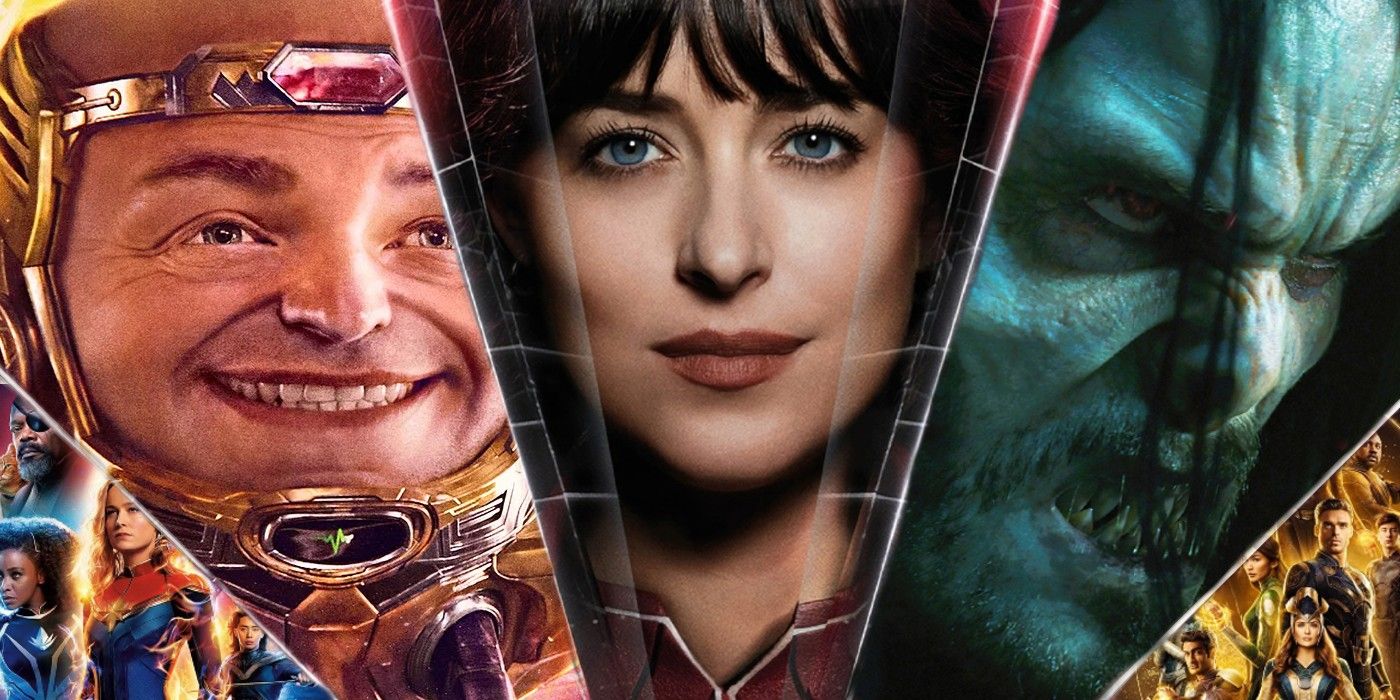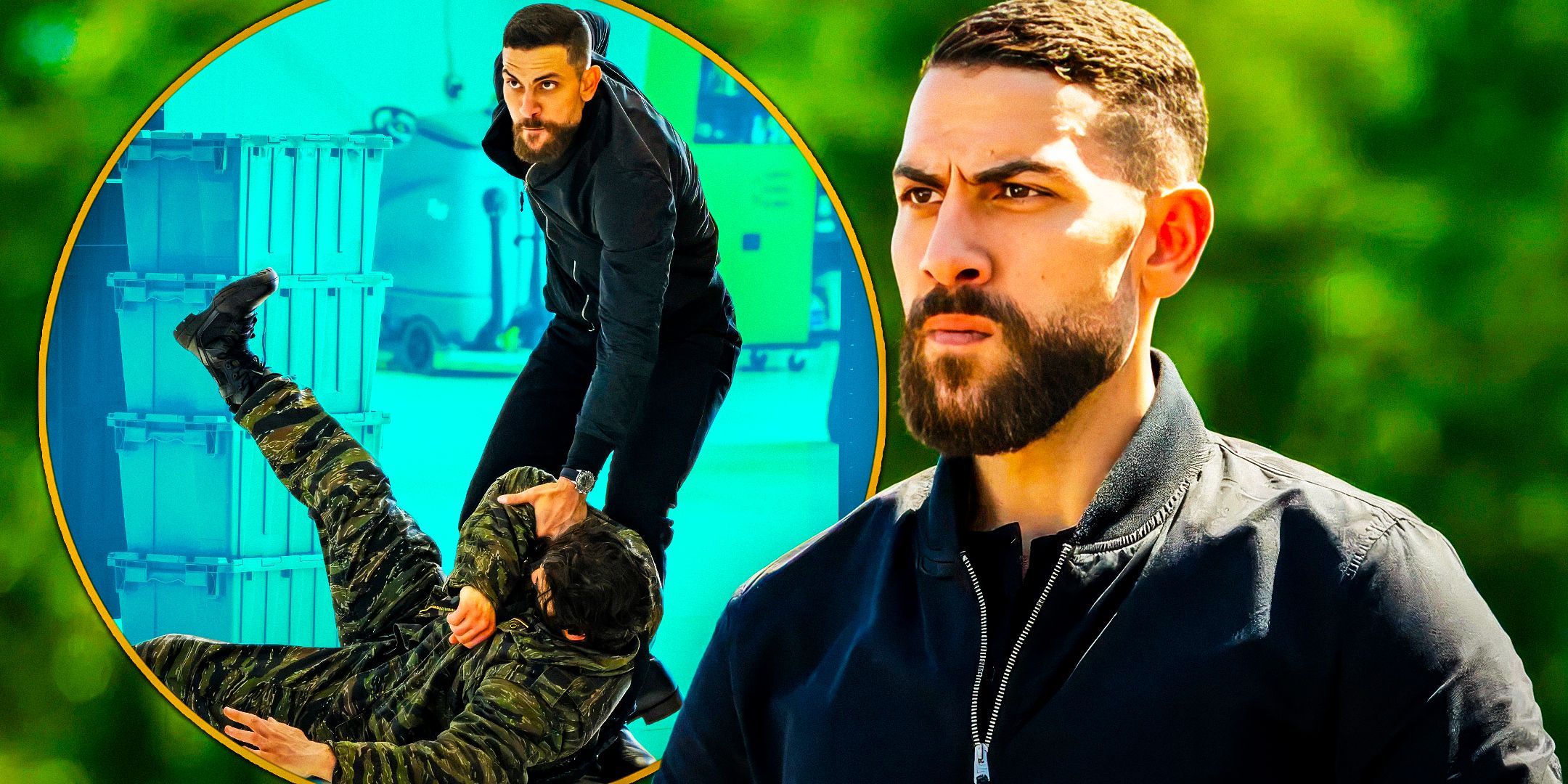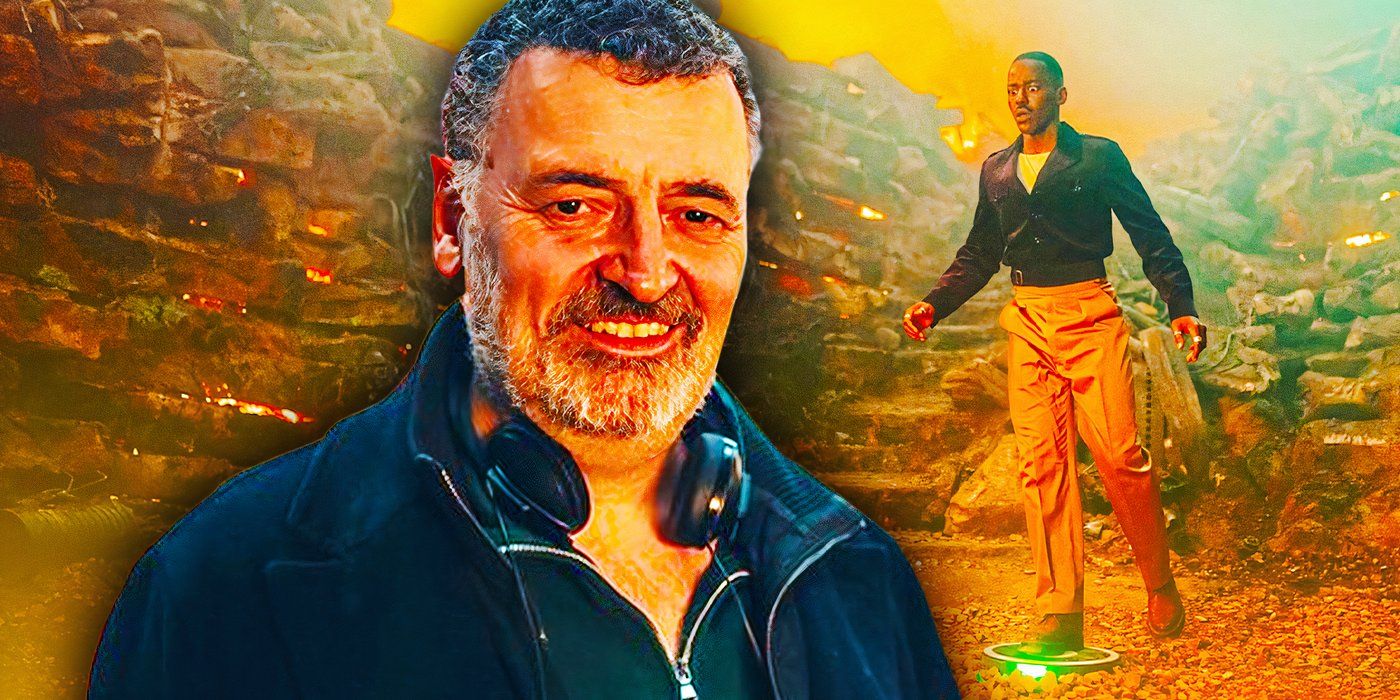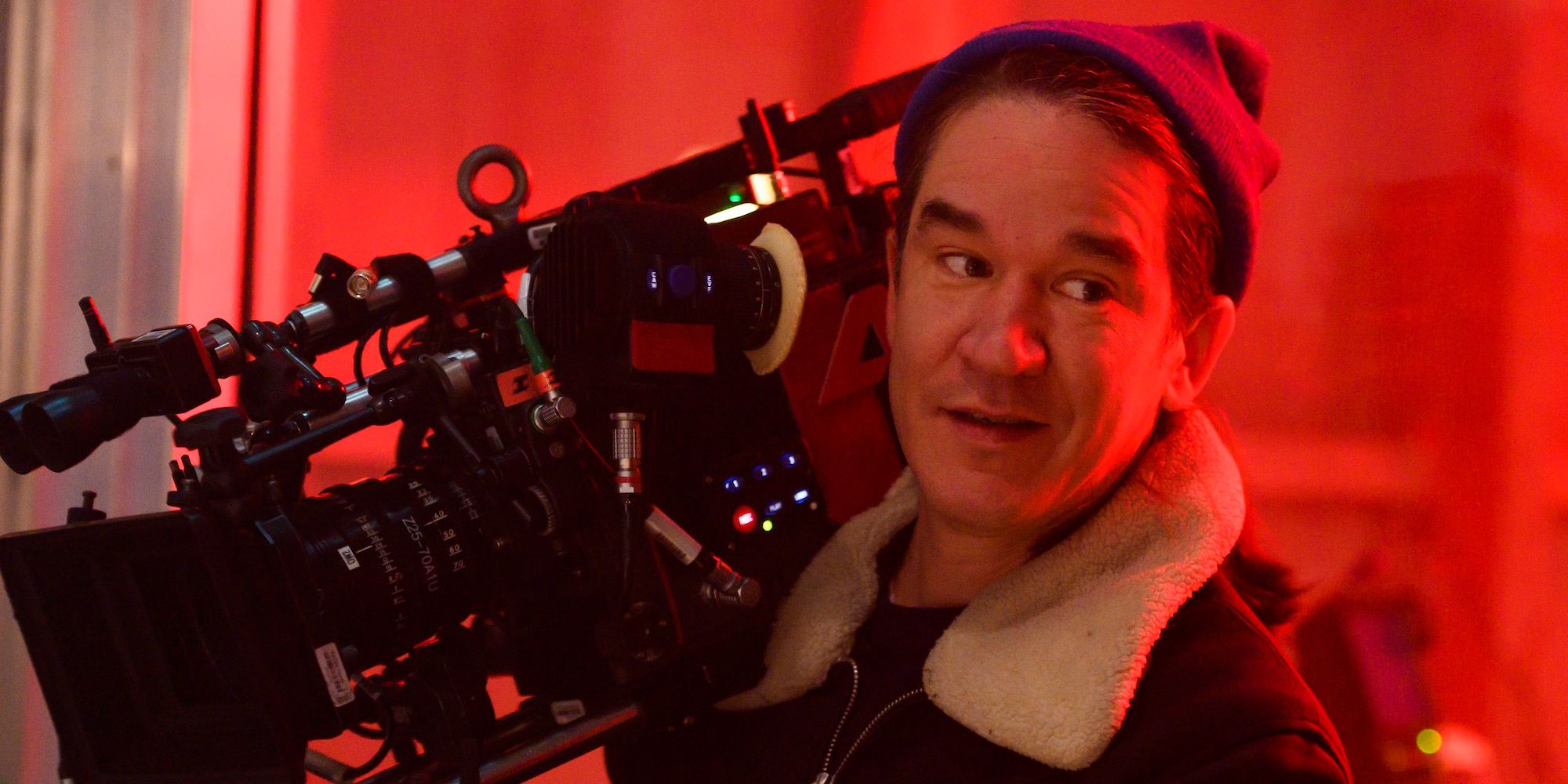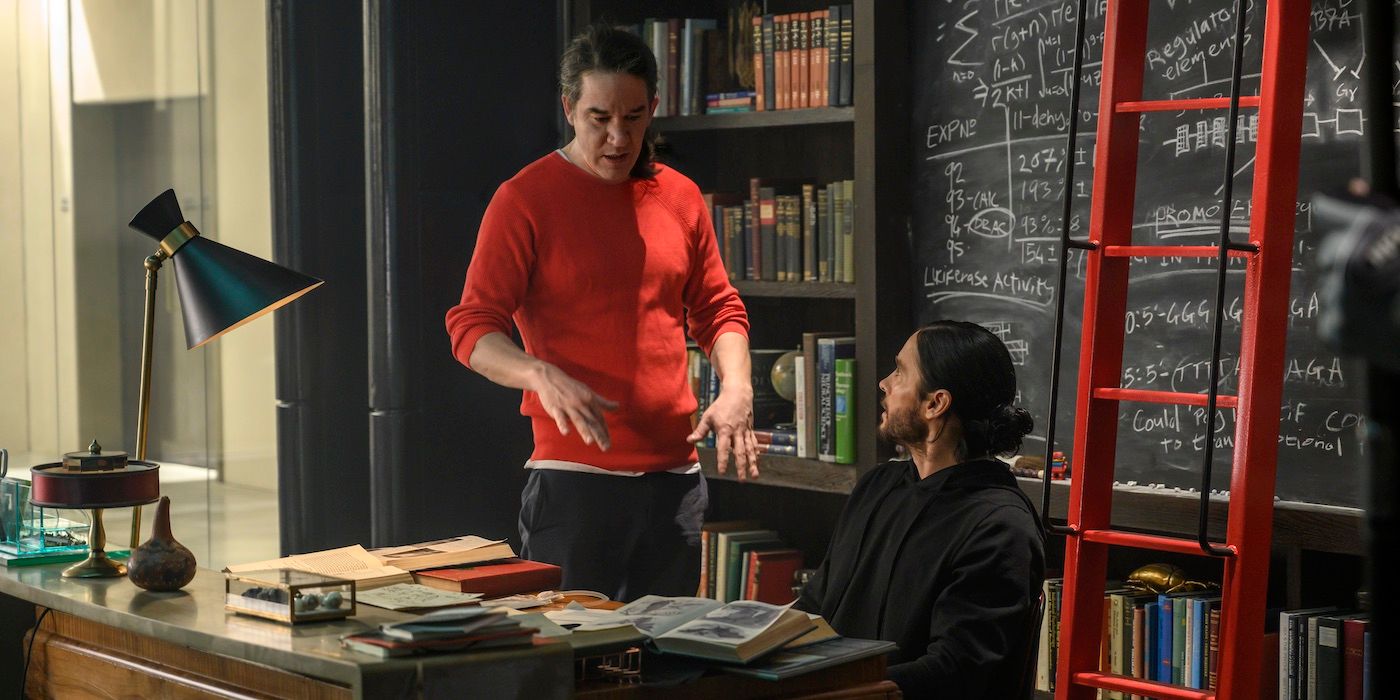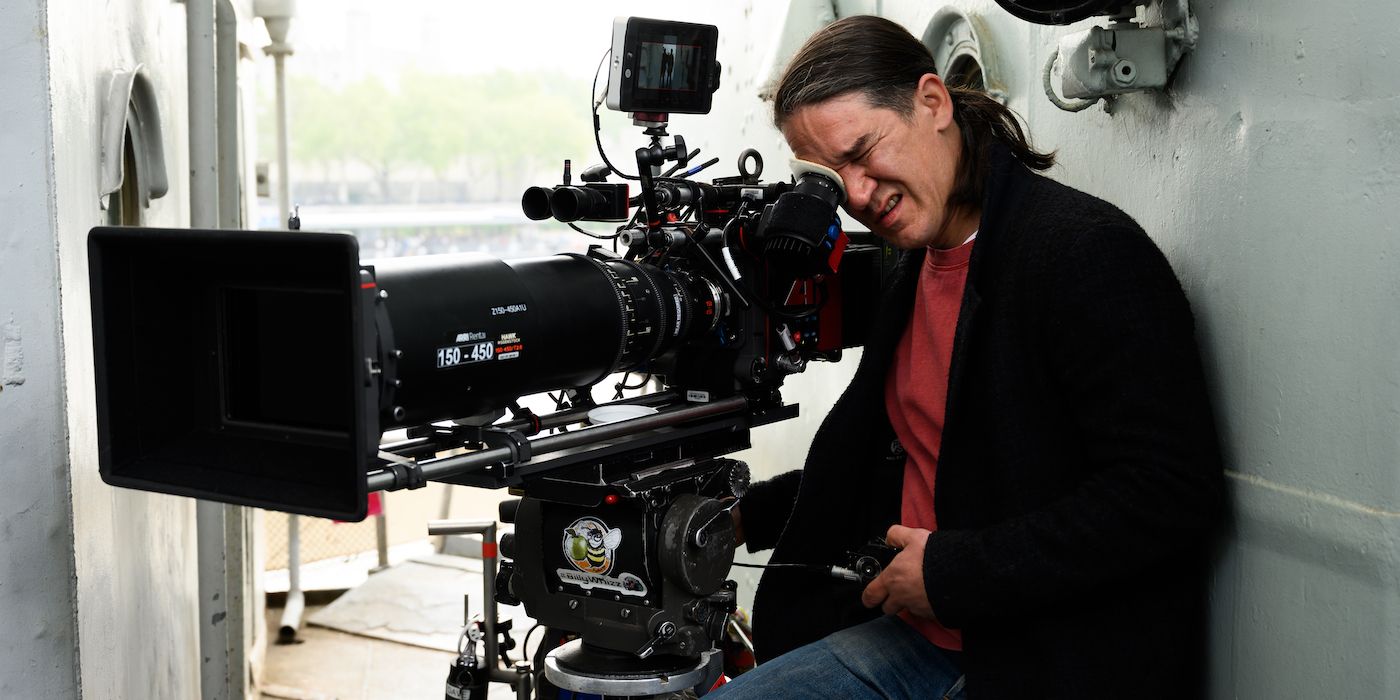Warning: Spoilers ahead for Morbius.
Morbius is the latest entry in Sony’s Spider-Man Universe, following its titular character (Jared Leto), a world-renowned scientist who has a blood disease he’s worked his entire life to find a cure for. After splicing vampire bat DNA with his own, he becomes a Living Vampire, with superhuman abilities. Morbius joins an ever-growing superhero world while introducing a familiar character from the Marvel Cinematic Universe that further connects the two disparate universes.
Along with gaining his powers, Morbius is pitted against his childhood best friend, Milo (Matt Smith), who has the same blood disease. Although Morbius tries to cure himself, the repercussions are terrifying enough that he tries to keep Milo from trying to do the same. But Milo ends up becoming the villain Morbius must face, which naturally makes things all the worse for the title character.
Morbius director Daniel Espinosa chatted with Screen Rant about Morbius’ arc, working with Michael Keaton, the Sinister Six, and filming the hallway horror scene.
Morbius is a very different type of character from what we've seen in the past for Marvel and Sony. What was it about this film that made you want to direct?
Daniel Espinosa: I like it was about an outsider of the Marvel universe and I thought it was fun. The idea was to mix it with Jared Leto, who is also a bit of an outsider of the Hollywood community, and the opportunity to do something that was kind of undiscovered and didn't have already conceptualized ideas, so I would be allowed to have a little bit of fun with it.
This movie is very much an origin story for the character. Were there any particular elements from the comics, any stories that you wanted to pull for the film?
DE: Yeah, I thought that Martine Bancroft (Adria Arjona) was very important because she goes through all kinds of phases in the comic books: [she] hunts him and she's his friend and so I thought that that would be important. Then, in all the comic books, he always becomes Morbius on the boat, so there are things like that. You're trying to identify what is the core of the legend of Morbius and then make that into the picture somehow.
Morbius went from trying to save Milo to battling him in the end. What do you feel is the character's trajectory in terms of his emotional story?
DE: I think that he comes to the realization that his best friend won't be able to change and that, in many ways, he took his best friend and led him to this lunacy by exposing him to the possibility of this cure and he's responsible for him. And I think that when he kills him, I think that he changes somehow and he becomes something different. I think it's a really terrible moment, but I think that's what he has to do to become Morbius the superhero.
There's a moment in the hallway scene before Milo kills his first victim that was really fantastic. It played out a lot like a horror movie. Were there any horror movies that you took inspiration from for the film?
DE: When we did that scene, it was more like a tribute to the whole horror genre that has been called the drama of light and dark — what you can see and what you cannot see and what you imagine. It was a friend of mine [with which] we were discussing and we liked this concept of being lit up in the hallway and then a light going on further down, which should be a person, but there's nobody there. That would be fun. And then if that light would chase you, it would be very interesting. And I like this idea to do this movie — where you're drowning in visual effects and dots and all that stuff — to do a scene where I had the lights on a switchboard and then you have a camera, no special effects. And it's the most terrifying scene of the movie. I was going to kill Nurse Sutton, so I wanted it to do it well, not just a random killing.
There has been a lot of talk about Vulture being in the film, of course. What was the thought process behind putting Vulture in the mid-credits scenes? Were there any talks about any other villains being in Morbius?
DE: No, it was always Michael Keaton. I just think [Vulture] was such a fascinating character. And for me, from 1986 to 1988, where I really started reading comic books, Vulture was really somebody that I could, not relate to, but I really liked him as a bad guy to Spider-Man. He was with Spider-Man as one of the main antagonists all the way up until Venom actually took over. So, in many ways, I liked this idea that the person I would encounter would be Michael Keaton, that I think is also one of the best actors on the planet. I loved Dopesick. I didn't know that he had that performance within him and it's one of the most beautiful performances anybody has made on television.
Absolutely. Michael Keaton is such a fantastic actor. I think he has such a presence, even if he's onscreen for a couple of minutes.
DE: He's so wonderful. And he's also a sweetheart when you work with him. He's so kind, he's so well-prepared. It's really mesmerizing to be with him.
There are Vulture scenes that were in the trailer that were not in the movie. What was the decision behind cutting those particular scenes and were there certain scenes that were reshot for Vulture?
DE: There were no scenes that were reshot for Vulture, but there were things that were cut out. When we did the movie, we decided to be more playful with the ideas of this intertwining universe. And then we decided not to be as playful. That's what you do in movies often. As a director, I don't do the trailers, so what I think is what's in the movie.
The post-credits scenes tease the Sinister Six team-up that fans have been waiting for. Do you have any thoughts about how this could potentially lead into a Sinister Six movie? Who would you like to see Morbius fight?
DE: There's so many different ways you can take this. The Sinister Six is the most natural idea because it is Spider-Man's biggest [supervillain] group that goes against him of his archenemies and it was also introduced during the earlier Sony regime, right? But at the same time, there are other constellations that are also very interesting. The Thunderbolts idea that existed a couple years ago, which was later called the Dark Avengers, which I thought was quite fun, but that's the MCU.
But this idea that the Thunderbolts and Dark Avengers were run by Norman Osborn [means] you have different versions, different possibilities to go. I just think that they should go, they should do it. They should do those movies and do them big because I think that people would enjoy that. And I think if you created a strong enough group here, they would have to encounter other groups that are very strong, so then you would have a fun movie.


